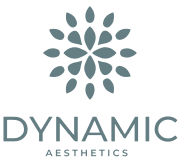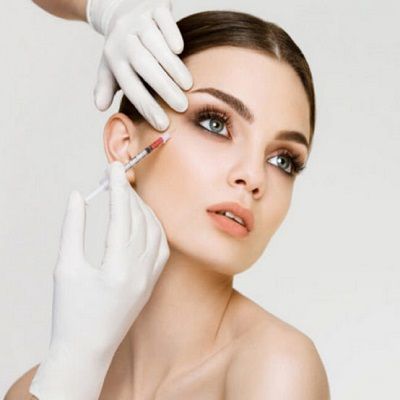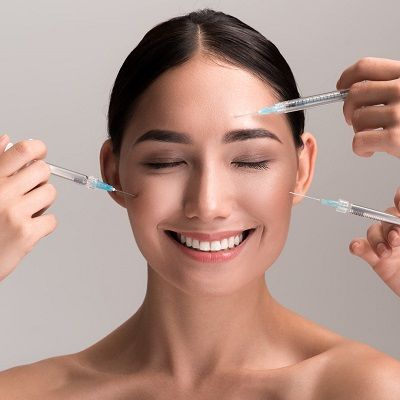
Introduction:
Dermal fillers come in a variety of forms. The most prevalent kinds are as follows:
Calcium hydroxylapatite:
Calcium hydroxylapatite is a mineral-like substance found naturally in human bones. It is frequently applied to:
- Creases that range from moderate to extreme, such as nasolabial folds, marionette lines, and frown lines
- Increase the volume of your cheekbones and other facial features.
- Increase volume in regions of facial wasting, which can occur in HIV-positive persons who take specific drugs.
Calcium hydroxylapatite is created biosynthetically, which implies that no animal items are produced. This reduces your chances of having an allergic response and eliminates the need for skin testing. This form of dermal filler is recognized for making a very usual appearance, does not transfer, and has few adverse effects.
Hyaluronic acid:
Hyaluronic acid injections could be utilized to enhance the shape of the skin and decrease depression caused by scars, injuries, or lines.
Hyaluronic acid is a physically happening chemical in the body. Hyaline cartilage tissues and the fluid around your eyes have high quantities. It’s also found in bone, joint fluids, and epithelial. It has been removed and reconstituted, and it is currently one of the most common types of injectable fillers in Dubai. If the word sounds familiar, it’s due to the same chemical being frequently injected into the painful joints of arthritis patients to relieve pain and offer more cushioning.
Polyalkylimide:
Plastic surgeons frequently employ polyalkylimide, a semi-permanent dermal filler, to:
- Treat deeper wrinkles, including nasolabial folds or flattened scars.
- Thin, plump lips.
- Improve the cheekbones and jaw, as well as replenish face volume lost with anti-aging injections.
- Treat face wasting caused by HIV drugs.
Polyalkylimide has relatively low reactivity with human flesh, making it biocompatible and eliminating the need for an allergy test. It is radiotransparent, which means it will not interact with x-rays.
Over roughly a month, a thin coating of collagen grows surrounding the injection. Eventually, the gel is completely encircled. A significant amount can be injected in a single operation. This product, which is relatively stable over time, can even be eliminated if required.
Polylactic acid:
Polylactic acid is a synthesized dermal filler put into your face to stimulate your body’s collagen synthesis. Stimulator dermal filler is the name given to this type of dermal filler. This harmless, biodegradable compound has been utilized as a suture object for over 40 years.
This material differs from other dermal fillers in that it does not offer instant effects. You would require three months of sessions to attain the preferred outcomes. Your collagen is re-stimulated with each treatment. The complete impact might then take four to six weeks. Although this kind of dermal filler is regarded as semi-permanent, you could also require touch-ups regularly.
PMMA (polymethyl-methacrylate microspheres):
PMMA is a semi-permanent filler commonly used to address moderate wrinkles, folds, and furrows, notably nasolabial folds as well as used as a lip filler. It may also be utilized to conceal pitted scars and to plump up thin lips.
PMMA is frequently utilized instead of collagen replacement treatment or hyaluronic therapy when a more permanent remedy to face creases is needed. For several years, PMMA has been employed in permanent surgical implants. As a result, your surgeon would most likely under-fill the first treatment, injecting more later if necessary.
Conclusion
Dermal fillers range in their chemical composition, duration, and softness. Smoother filters, for instance, are utilized in the lips, whereas more robust fillers may want to boost cheekbones.
Searching for fillers for a youthful and natural look? You are at the right place. Here your surgeon will work with you to identify the optimum type and volume of filler for your specific areas of concern.
For many individuals, using “off-the-shelf” fillers is a straightforward office-based treatment that may significantly improve their look. These dermal fillers are very predictable and have few risks and adverse effects. These filters are frequently injected at a doctor’s office or a medical salon.











